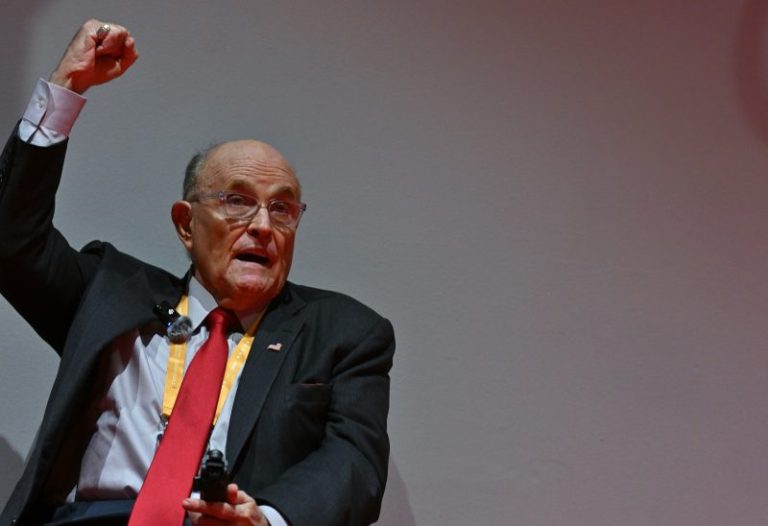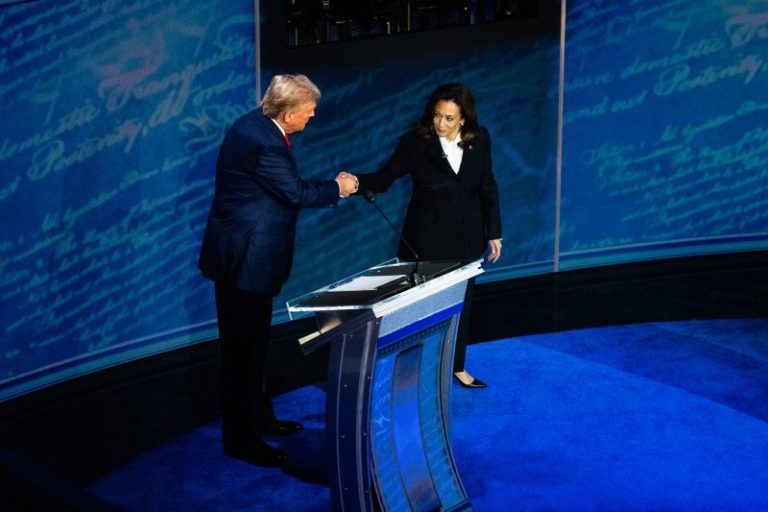Sister Stephanie Schmidt had a hunch about what her fellow nuns would discuss over dinner at their Erie, Pennsylvania, monastery on Wednesday night.
The day before, a Republican operative in the battleground state falsely suggested to his nearly 58,000 followers on X that no one lived at the monastery and that mail ballots cast from there would be “illegal votes.” Cliff Maloney, who hired 120 people to go door-to-door across Pennsylvania urging Republican voters to return their mail ballots, wrote on X that one of those workers had “discovered” an Erie address where 53 people were registered to vote but “NO ONE lives there.”










